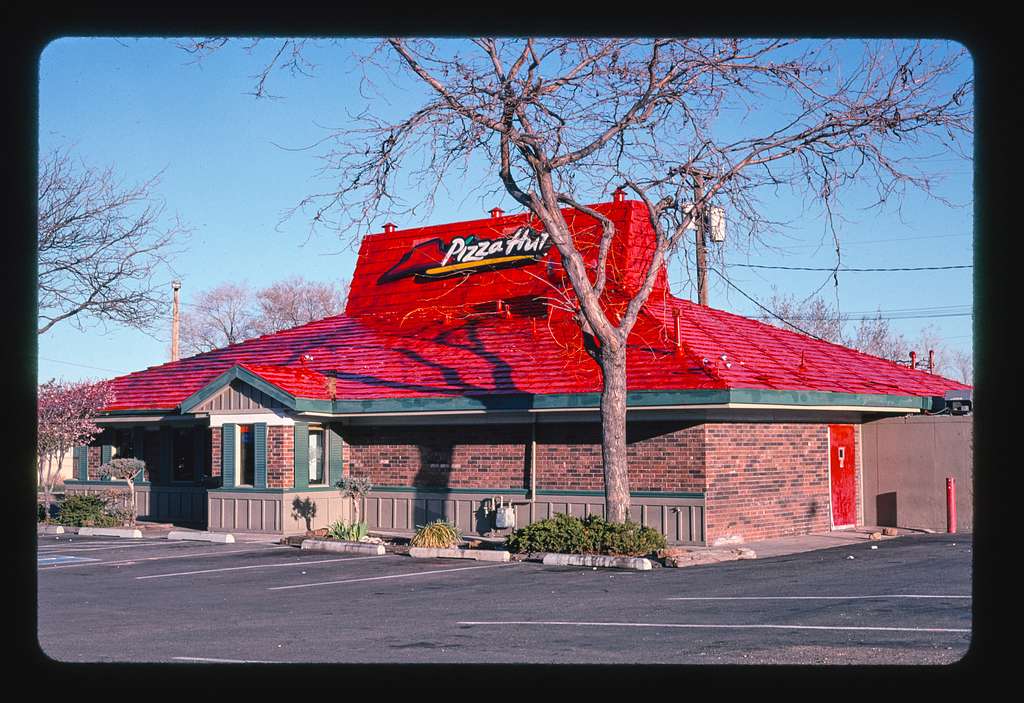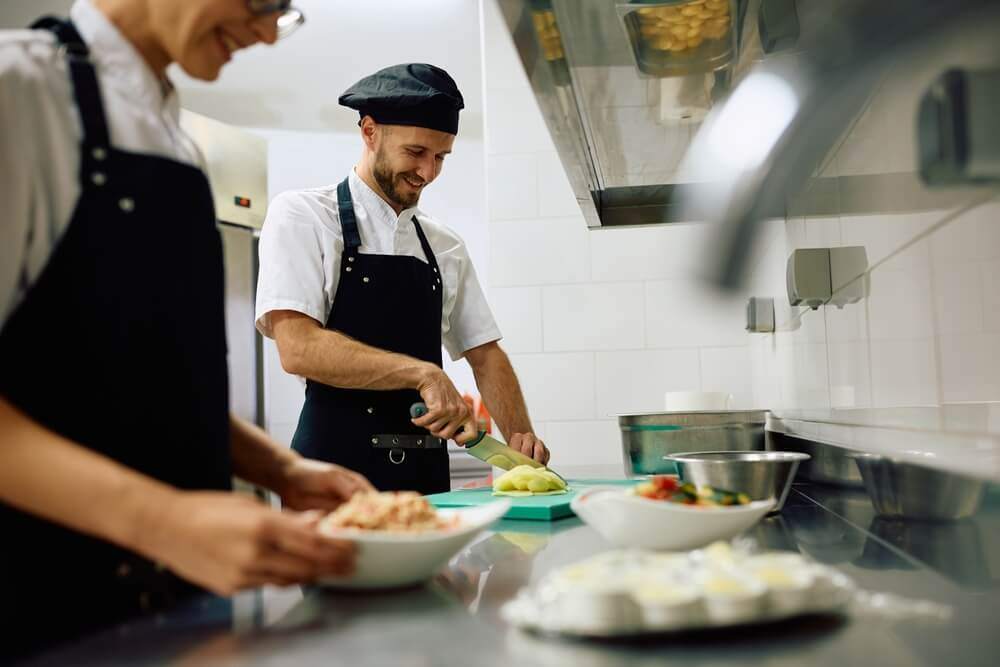
Farro: The Versatile and Forgiving Whole Grain
- Apr 4, 2024
High in both fiber and protein, farro is the back-pocket whole grain that's perfect for meal prepping. No matter if you are preparing a hearty salad, a comforting side dish, or enhancing your soup, farro's remarkable simplicity and quick cooking time make it an ideal choice. This ancient whole grain wheat boasts a deligthfully chewy texture and a deeply satisfying nutty flavor with hints of cinnamon. Popular recipes with farro include Farro and Sausage Parmigiano and Farro Breakfast Porridge with Raspberries.
Known in the world of grains as emmer wheat, farro resembles an elongated barley. However, if you have a gluten intolerance, please be aware that it is not gluten-free. In supermarkets, you'll likely encounter several types of farro differentiated by their levels of processing.
Whole farro, semi-pearled and pearled are the three most common varieties. Whole farro is the entire grain encased in the bran, offering a rich source of fiber, protein, and fat. Semi-pearled farro is processed to remove some of the bran, and pearled farro, the most commonly found kind in U.S. grocery stores, has all the bran removed. Cooking times usually differ for each type, but with a little help from soaking methods, they can all be ready within a reasonable timespan.
Typically, processed farro grains have a dusty coat, so a quick rinse doesn't hurt. To enhance its inherent nutty flavor, consider toasting farro with olive oil before boiling. Not only does this eliminate the need to rinse the grain, it also provides a delicious depth of flavor.
To cook farro on the stove, all one needs to do is approach it like pasta. Start by boiling salted water, popping in the farro and bringing it back to the boil. Then, reduce heat and simmer for about 30 minutes until the farro is soft. From there, you're ready to drain it and work it into your meal, such as into a delightfully textured farro and green olive salad. The good news? Farro forgives a five-minute-overcook as it maintains a pleasant chewiness.
Should you fancy a hands-off approach to cooking, try farro in a slow cooker or in the oven. Simply substitute your rinsed farro with oil-toasted farro, and follow the same ratio of three parts liquid to one part farro. It'll take roughly 1.5 hours in a slow cooker or 35 to 45 minutes in a preheated oven (at 350°F).
Leftover farro keeps well in the fridge in an airtight container for three days, or for up to six months in the freezer. Whether it’s breakfast, lunch, or dinner you’re cooking, consider adding this versatile and forgiving grain to your next meals.






